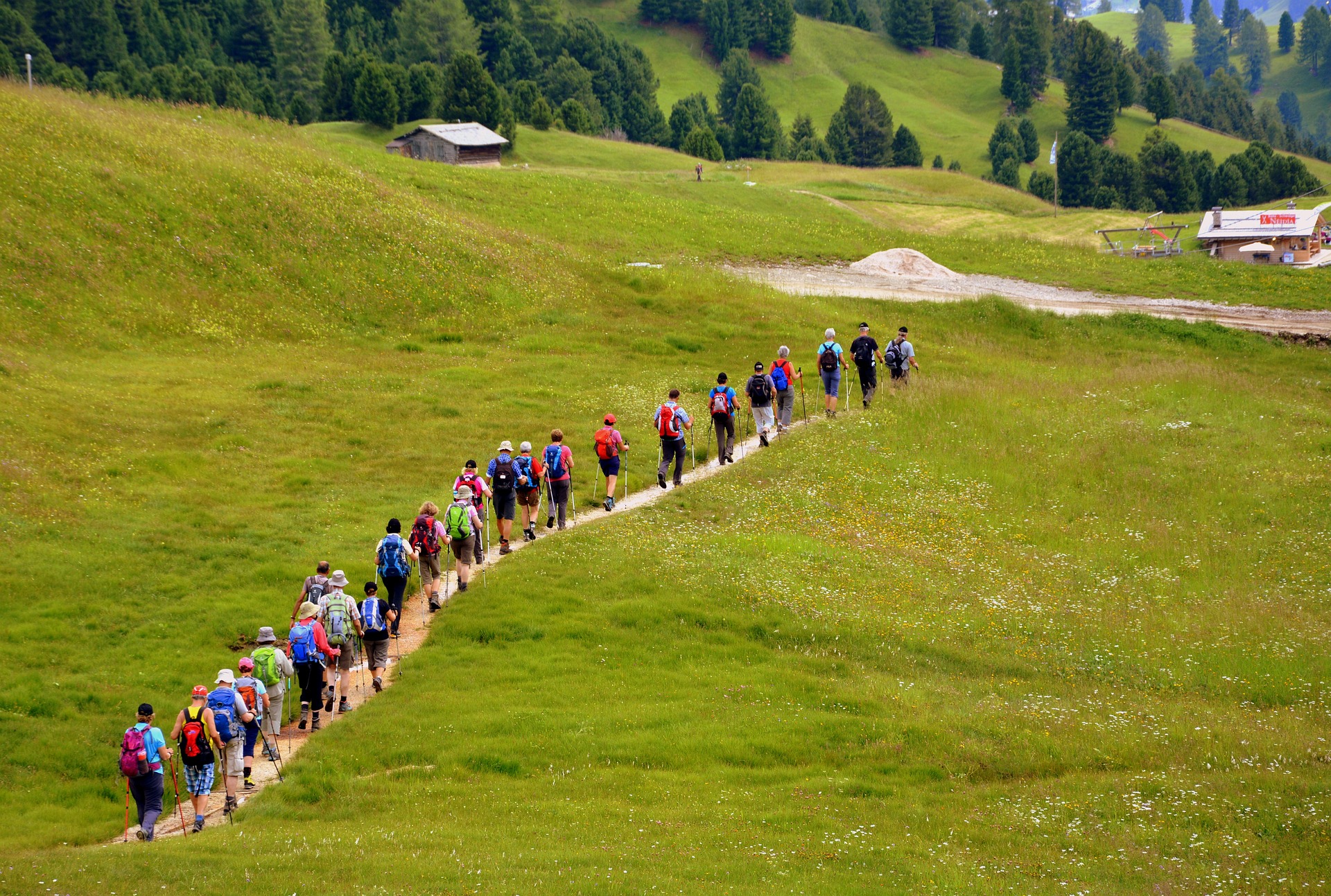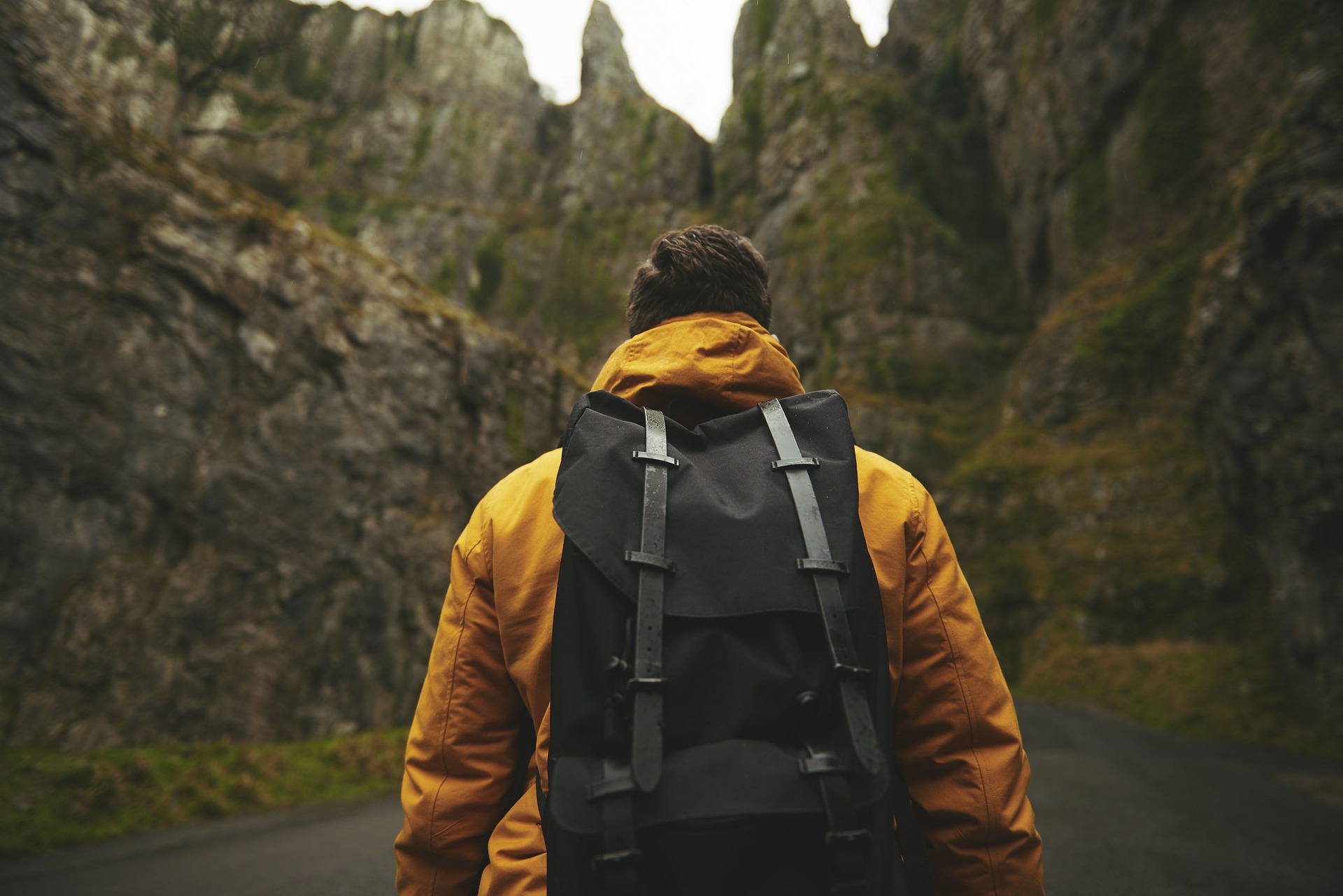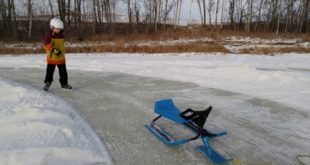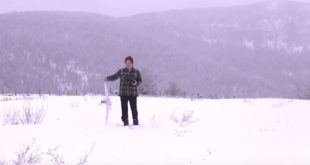They say a humming bird beats its wings 600 times a minute and can fly up to 34 miles per hour. These amazing creatures rely on their rapid strokes beating against the air to keep their tiny bodies afloat. That is why I was astonished when I crested the 4300 meter high (14 000 feet) ridge and saw a tiny black bird hovering in one place, despite the blowing wind and rain, to pull a bit of nectar from a tiny mountain plant. Ecuador really does offer the unexpected and seemingly impossible.
The previous night we had driven up old cobble stone roads that probably had been there since the Spanish first came to Ecuador, in vain seeking a small hostel “Casa Aida” in the small pueblo of La Esperanza that was mentioned in the guide book… the guide book that I had forgotten. After numerous stops, detours, turn-arounds and questions to the locals in my broken Spanish we finally hit the right place and after a phone call managed to wake la señora that runs the hostel. After getting set up, putting the transport in the garage and getting enough cell signal to make a call to the family to say we were ok (hard to do when there’s an old volcano in the way of the cell tower) we tried to get in a few hours sleep before heading out in the morning for the trek.
The next morning we got up and were fed a fortifying breakfast of pancakes and jam, coffee and a few other things. We paid a couple dollars for the lunch she put together for us, bought a souvenir and then headed on our way.
We drove up to the trail head on a very windy, bumpy road and parked the car and asked a local to watch the car for us.
30 minutes later we asked a 10 year old boy who was plowing furrows with a milk cow. He gave us a jabbed his finger in the general direction of the mountain and we were on our way.
About half way up the hill, the clouds started to roll in, bringing a cold mist that chilled us. It was this mist that allowed the semi tropical plants to grow up there, but that also made the trail muddy and slippery. Countless cutbacks brought us exhaustingly closer to what we thought was the summit, but every few cutbacks a sign taunted us of the meters that still lay ahead.
When we reached the ridge where the little hummingbird darted back and forth, seemingly mocking us, we stopped for lunch and assessed the situation. What lay ahead, walled off by thick cloud and mist was what the guide book had called a “knife edge” of the volcano, that separated us from the summit we were determined to reach. We would begin to see more of this “knife edge” as the clouds parted every now and then to give us a break from the rain and hail that poured down from not to far above us.
| A small bird watching us as we break for lunch at the start of the ridge. |
I haven’t mentioned the dog. Probably belonging to a local farmer, it had taken upon us to both mock and guide us (guiding us when we didn’t need him and mocking us when we did). Tirelessly it would plod ahead, until I figured we had him beat.
After precariously shuffling along a ledge in what appeared to be the only way up we reached what seemed to be a 15 feet vertical rock face. It was at that point I thought I couldn’t responsibly go further. If I slipped I would have fallen off that ledge below and although we couldn’t see how far I had to fall, I didn’t want to take that list. It turns out it was very far… I only know because at the top the clouds parted for a second and revealed a drop off, followed by an almost vertical slope below.
Completely soaked from the rain and sleet, the wall and I sized each other up. Slowly and carefully I went up, trying to remember every snippet of the 2 or 3 climbing wall sessions I had taken almost 10 years ago. Just one more hand hold and I was about ready to let out the shout of relief and triumph… when I saw the dog. he was waiting for me. Looking down at me with tongue out, as if to say, “good job you silly human!”
It turns out as hindsight off reveals that there was a much easier route that could have delivered us from such danger. There was no reason to stop though so on we went and within 20 minutes hit a rocky outcrop. Someone had decided to remove the sign that stated the altitude, but that didn’t matter. At that point we just wanted to take a break. We ended up feeding our furry companion the remnants of our lunch, grabbed a photo that could have been taken anywhere and started the just as treacherous descent.
The dog left us at that point, but we didn’t care. We were filled with a sense of triumph that we had summitted a 4630 meter (15 200 feet) volcano in a foreign land… until we realized that anyone of the abuelos y abuelas (grandfathers and grandmothers) in that pueblo had probably done it a dozen times… in half the time. Regardless though, it was an incredible feat and the next morning, as the clouds cleared and we saw the naked, rough peak jutting out from the plain around it I knew that this was an amazing country and found a deep respect for those who lived there and farmed there and flew there.
Endnote: This was a hike that I did back in 2010 with a friend from Canada.
 The Outdoor Adventure Giving you tips, tricks & recommendations to help make adventuring in the Outdoors fun, safe & exciting for you and your kids.
The Outdoor Adventure Giving you tips, tricks & recommendations to help make adventuring in the Outdoors fun, safe & exciting for you and your kids.




